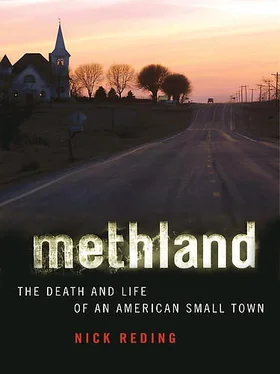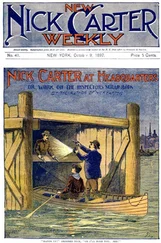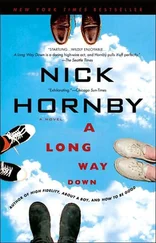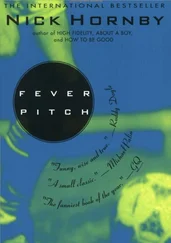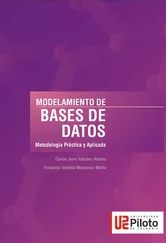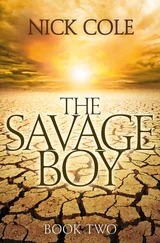Then, ecstatically, Major and the girl took advantage of the low light in the corner booth to engage in the kiss that had been nearly a decade in coming. As he kissed her, though, Major snuck glances at the big windows at the front of the bar. He knew he had to leave, even though the warmth of her body held him fast. It was going on midnight on a Friday, and the police would be out cruising. They all knew exactly who Major was. None of them, he felt sure, truly believed a man like him could ever get clean, and they would be gunning for him. He had eight blocks to walk—a loner on quiet, frigid streets, standing out like a criminal. Which, legally, he would be: being drunk in public (and Major was most certainly drunk by now) would constitute a violation of his probation. Should he be caught, he would get three years in jail, no questions asked. He’d completely run out of strikes.
Finally, Major told the girl he had to go, pushing his way out of the booth. He’d thought about getting the girl to drive him home, but he knew that would be foolish. She was drunk, too, and if the police pulled her over—which was likely—he would go to jail just the same. He thought briefly about driving her car himself. Eight blocks wasn’t that far, after all, and Major was nothing if not an expert at driving drunk. But he decided against this, too, knowing that public drunkenness would get him jail time but that another driving violation would mean he’d lose his license for good. So Major kissed the girl good-bye, went out the door alone, and started walking.
At first he kept to the edge of the sidewalk. Then, he said, he pulled his parka hood over his head, shielding his face. He thought about Buck and his penchant for building forts, and how a small boy convinces himself that to be unseeing is magically equivalent to being unseen. For a block, Major walked with his hood pulled tight and his head down. Then he threw the hood back. He was getting panicky now, and he started moving along the snow-covered lawns, nearer to the houses, drawn by the shadows of the awnings and the frozen, screened-in porches.
Soon Major was panting beneath a tree, in the throes of what felt to him like a paralyzing, vomitous meth withdrawal—a full three maddening years since he’d smoked his last foil. All the paranoia came crashing back on him, knocking the breath from his lungs with a force like a wall of water. His vision tunneled, and he began sweating. His heart raced as he puked on the frozen snow. When he was done, he started running—jumping fences and looking behind himself in utter terror in a mad dash to make it back home to his child and his parents, driven suddenly by a desire not to escape, but to get caught. He wished to hear the sirens that wouldn’t come. To have looked back and seen the police would have been a relief. Anything would have been better, Major said, than the invisible force that bore down on him from behind.
In June 2008, I moved to St. Louis with my wife, having lived away from my hometown for eighteen years. During the first week I was there, the St. Louis Post-Dispatch newspaper ran daily stories about a two-state murder rampage. First, as the killer was in the midst of his spree; then as he was apprehended; and finally, as the details of his situation made themselves clear. The murderer’s name was Nicholas Sheley, and he was from Rock Falls, Illinois, about eighty miles east of Oelwein. In the three hundred or so miles between Galesburg, Illinois, and Festus, Missouri, near St. Louis, Sheley beat or bludgeoned to death eight people in five days. The whole time, he’d been high on crank.
In addition to the Sheley story, the Post-Dispatch ran several pieces during my first two weeks home about meth manufacture in Jefferson County, Missouri, which is just outside St. Louis. Jefferson County had become famous in 2005 for having the highest number of meth labs in America, as measured by the number dismantled each year. Missouri led the nation with 2,788 labs busted in 2005, and Jeff County, as it’s called, had an astounding 259 of them—nearly twice that of the next leading Missouri county of Jasper. Given that most police officers with whom I spoke figure they dismantle only one in ten labs at best, that’s as many 2,600 labs at work in rural, bucolic Jefferson County back in 2005. According to the Post-Dispatch , after a brief but precipitous fall in meth-lab busts during 2007, once the Combat Meth Act had passed, Jeff County was on track by June of 2008 to have 200 labs dismantled by year’s end: a clear indication that the batchers were back.
The feeling I had while reading the stories of Jeff County and Nicholas Sheley reminded me of the feeling I had when I first started researching for this book, in May 2005. As I drove around Iowa, Illinois, Missouri, Kentucky, California, Georgia, and Alabama that summer and fall, there was a genuine sense of shock and fear in the towns I visited. People were confused by the thought that, somehow, just down the street or on the other side of town, a drug that could be made in a sink was making people do crazy things. Not long before I met Phil Price, the former special agent in charge of the Georgia Bureau of Investigation, he’d had to arrest a good friend of his—forty-five years old, a father of three, and a new meth addict. Price, backed by the SWAT team, had talked his friend of two decades out of a motel room in rural Canton, Georgia, where the man had taken his own nine-year-old son hostage. It doesn’t take many stories like this to make people question what they know about one another and about themselves.
The notion that the small-time crank business was back in full force was vexing to me as my wife and I settled into our new neighborhood. It was also frightening. One of my principal motivations for wanting to write this book is that my wife, who grew up in a small town in rural New York, is a recovering alcoholic. I have thought on a thousand occasions: What if meth had been as easily available when she was a teenager as it is now? What if crank, instead of booze, had been her drug of choice? It’s reasonable to suggest that I’d have never met her. Now she was pregnant with our first child. The notion that nothing had changed—for James and Sean in Greenville, for Jeff County, for the place in which I would soon raise my family—was more upsetting to me than it had ever been. Like the mothers and fathers I’d met in Canton and Benton and Oelwein in 2005, I wanted to know what kind of world my child would inhabit, and how things had gotten to be this way. It was as though I was back where I had started three years before.
According to DEA, the Combat Meth Act was supposed to have effectively killed the home-brewed crank business. According to the nation’s drug czar, meth was dead. If we were to worry at all, it should be about the DTOs, not batchers in Jeff County. So why had the epidemic shifted in the one way that could not have been predicted? Now that meth making had come back home, as it were, people were once again comparing the drug to some kind of supernatural evil, just as had been common in 2005 and 2006. People were starting to panic all over again.
In order to put things in perspective, I called Tony Loya. An hour-long conversation with him not only confirmed that meth’s genome had reassorted itself once again; it suggested something like a reversion to 1996, after Gene Haislip had finally succeeded in passing a law monitoring the use of powdered pseudoephedrine. Meth seizures that year went down, along with purity, signaling the first major DEA triumph over the drug’s spread. Of course, the victory was pyrrhic, once traffickers switched to the pill-form pseudo that drug lobbyists demanded remain unmonitored. The watering down of Haislip’s 1996 law is what opened the door to the single most destructive period of meth’s recent history, culminating nine years later, in 2005, with the highest rates ever of both domestic and international production of the drug. Now it was becoming clear that, in the wake of the Combat Meth Act, a new and destructive era of the meth epidemic was already under way.
Читать дальше
